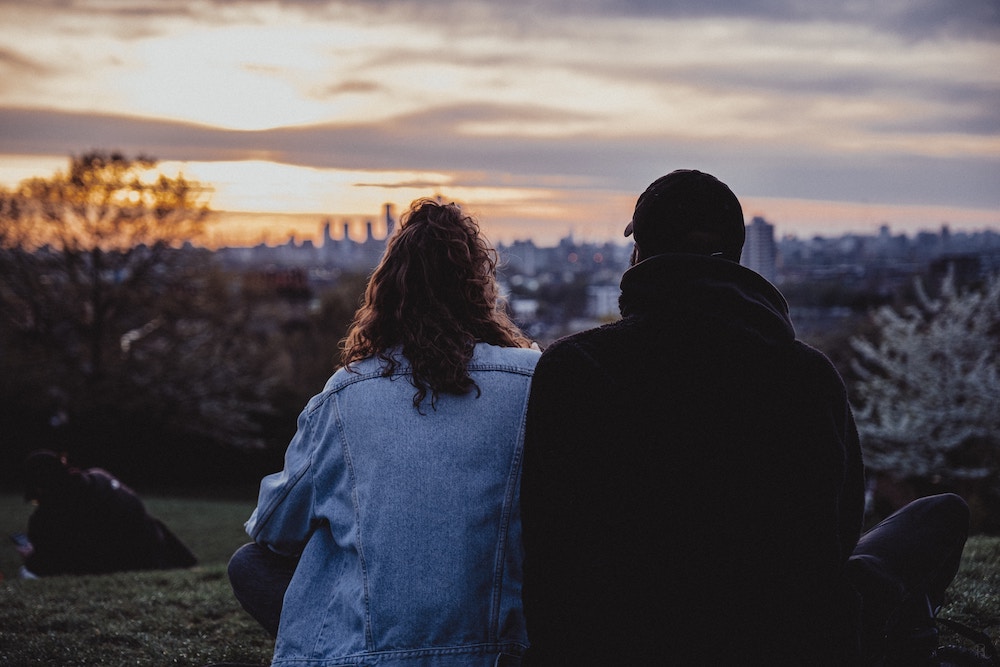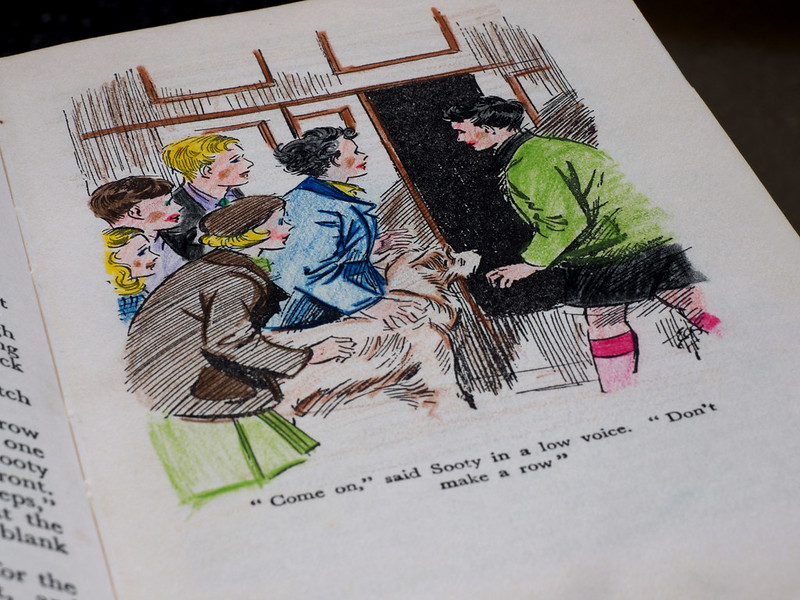Interviews
Gaps and Surfaces: An Interview with Joanna Walsh

“Online” by Joanna Walsh is featured in Electric Literature’s Recommended Reading with an introduction from Danielle Dutton. Walsh’s new collection, Vertigo, is available for pre-order from Dorothy, A Publishing Project.
Julia Tolo: Danielle Dutton writes in her introduction to “Online” for Recommended Reading that your stories in Vertigo are intensely visual, and that they are connected not by narrative, but by consciousness, by the eyes of your narrator. I know that you are also an illustrator, and I wonder how you think that affects your writing? Or to re-phrase, how do you see the connection between illustration and writing that is highly visual?
Joanna Walsh: I think I’m also an illustrator not because I’m good at drawing, but because I’m good at looking. But I don’t illustrate my own work because the gaps are in different places: I don’t mean literally, but the gaps I use as a writer to work with the reader. Illustrating other people’s texts, I found myself playing around these gaps. If I tried to illustrate my own work I might somehow have to second-guess myself as I was writing, which wouldn’t help the writing. It’s important for me to not think too closely about some aspects of what I’m doing.
JT: Many of the female narrators in Vertigo are in a position of domestic unrest or uncertainty. For example, “Online” shows the narrator trying to resuscitate her relationship with her husband, in “Young Mothers” the collective narrators struggle with the idea of remaining young and what it means to be a mother, while the narrator in “Drowning” is constantly keeping her head above water, so to speak, in her family life, fighting for happiness. Can you talk about this focus on the roles of women, how it became a part of your writing, and what it means to you?
JW:I have tried to give value to experiences too often quickly turned-from, too quickly dismissed via throwaway language; this is something I’ve found often happens with women’s experiences. These experiences that are the texture of our everyday lives, the experiences by which we live and die (what Virginia Woolf said: How people look, and laugh, and run up the steps of omnibuses), even as we are encouraged to look for stories elsewhere. I wanted to turn toward these experiences and stroke words over them until I could begin to see something of their shapes, not to so much to get “under the surface,” but to pay attention to the surface, which is too little delineated.
JT: In interviews and reviews of your books, there is a recurring comparison between your work and Lydia Davis’ work. Is she someone that you read yourself and feel a kinship with? Are there other authors or artists that you think are more important to your work, or that inspired Vertigo in any way?
JW: Lydia Davis is perhaps the best-known writer with a similar sensibility. I love her work, but there are many other writers who influence me, sometimes less well-known, or not originally writing in English. In no particular order, and to name only a few, I like the work of (living writers) Deborah Levy, Diane Williams, Chris Kraus, Zoe Pilger, Claire-Louise Bennet, Eley Williams, (early) Ferrante, Gregory Howard, Lauren Elkin, Ben Marcus, Sheila Heti, Anne Carson, Elfriede Jelinek, Mary Gatiskill, Anne Boyer, Marie NDiaye, Bae Suah. Dead people: Marguerite Duras, Christine Brooke-Rose, Thomas Bernhard, Georges Perec, Franz Kafka (the shorter short stories), Jane Bowles, Kathy Acker, Robert Walser, Gertrude Stein… Readers might be surprised to identify Hemingway-ish bits in Vertigo too… I wrote a piece about women writers and the anxiety of influence at Publishers Weekly.
JT: In “Online” your narrator describes her husband’s women this way:
His women are the sum of all their qualities, not several but complete, massive, many-breasted, many legged, multifaceted, and I participate in these women […] We are all trapped behind the same glass. He can make us spin for his amusement and turn us to view from any side. He is greater than the sum of our parts.
This passage made me think of the process of writing a short story collection, the many parts that bear resemblance to each other and to you, the writer, and how you as their author manipulate them all into a larger whole. Could you say something about your writing process in terms of this: Do you experience writing fiction as an exposing practice? In what way would you say your stories are a part of you, or the other way around? And would you say that the coherence of the larger project of the short story collection (the meaning of which arguably is greater than the sum of its parts) is in the back of your mind the whole time, or is that something that comes after writing the stories?
JW: I’m glad you picked up on this. My first collection was called Fractals. A fractal is a mathematical structure found in nature (e.g. snowflakes) in which a pattern is repeated identically, at a smaller and smaller scale, rendering greater and greater surface area to an object the smaller the fractals get — so that the closer you look, the more appear.
I selected the stories in Vertigo together with Dorothy’s publisher Danielle Dutton, who edited the collection brilliantly. I’d written them with similar thoughts, but not necessarily to fit together in this exact way. And, yes, my concerns are my concerns, so they’re personal, but I also participate in language, and there is no private language: same for structure etc. If anything I feel more exposed answering that question about writers whose work I like; it’s a bit like telling my secret crushes…
***
Joanna Walsh is a British writer and illustrator. Her writing has appeared in Granta,Narrative, and Guernica and has been anthologized in Dalkey’s Best European Fiction2015, Best British Short Stories 2014, and elsewhere. Her collection, Fractals, waspublished in the UK in 2013, and her nonfiction book, Hotel, was publishedinternationally in 2015. She writes literary and cultural criticism for The Guardian, TheNew Statesman, and The National, is the fiction editor at 3:am Magazine, and created theTwitter hashtag #readwomen, heralded by the New York Times as “a rallying cry forequal treatment for women writers.” Read more about her at her website.









